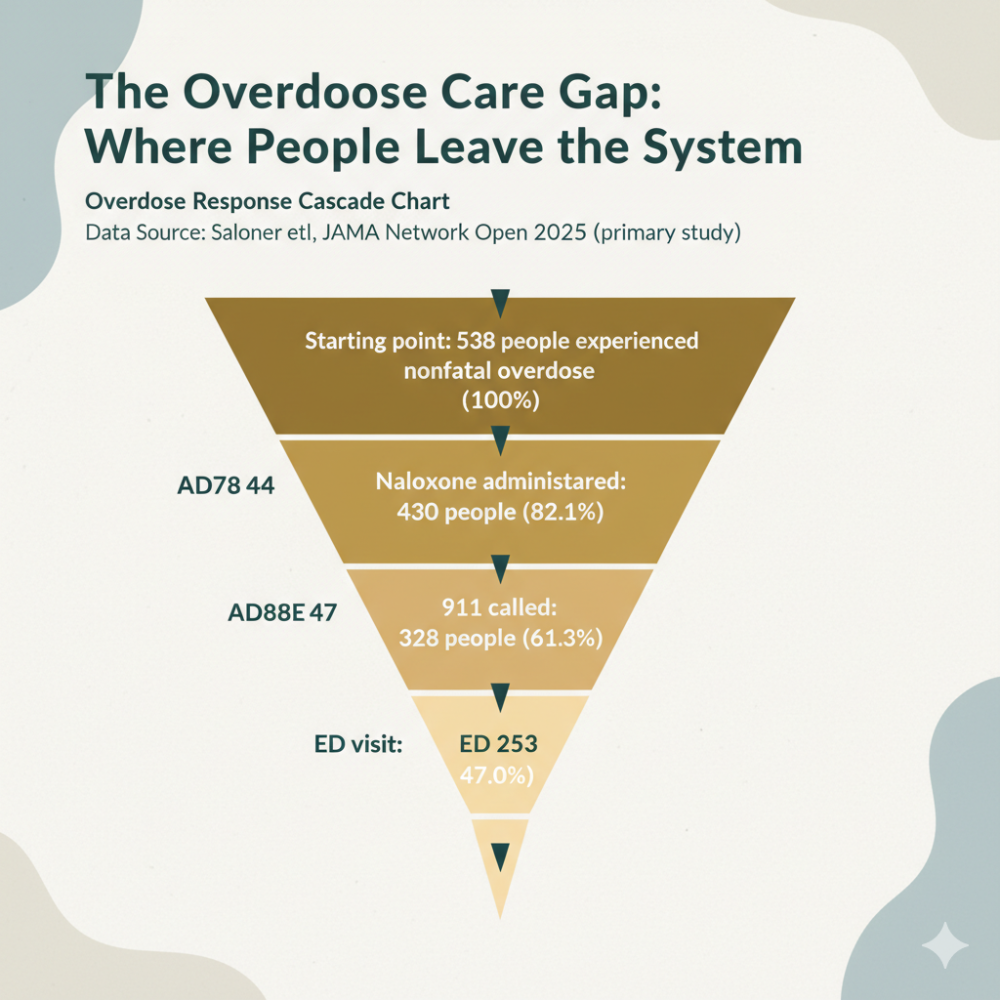In a groundbreaking development for addiction medicine, recent research has revealed an unexpected benefit of medications like Ozempic: they may significantly reduce both alcohol and opioid addiction. This discovery could revolutionize how we approach substance use disorders, offering new hope for millions struggling with addiction.
Understanding Ozempic and Its Primary Function
Ozempic (semaglutide) belongs to a class of medications known as glucagon-like peptide-1 receptor agonists (GLP-1 RAs). Initially developed and FDA-approved for type 2 diabetes treatment, these medications work by:
– Stimulating insulin secretion
– Reducing appetite
– Slowing gastric emptying
– Acting on the brain’s appetite regulation centers
The Surprising Link to Addiction Treatment
A landmark study published in the journal *Addiction* has unveiled remarkable findings regarding GLP-1 RAs’ potential in treating substance use disorders. The research revealed:
For Opioid Use Disorder (OUD):
– Study population: 503,747 individuals with OUD history
– 8,103 participants had GLP-1 RA prescriptions
– **Key finding:** 40% reduction in opioid overdose rates among those taking GLP-1 RAs
For Alcohol Use Disorder (AUD):
– Study population: 817,309 individuals with AUD history
– 5,621 participants had GLP-1 RA prescriptions
– **Key finding:** 50% reduction in alcohol intoxication rates among medication users
The Science Behind the Discovery
The effectiveness of these medications in treating addiction appears to stem from their interaction with the brain’s mesolimbic system. This system plays a crucial role in:
1. Appetite regulation
2. Reward-response pathways
3. Addictive behaviors
The overlap between these neural pathways explains why medications designed for diabetes and weight management might also impact substance use disorders.
Looking Forward: Implications for Addiction Treatment
This research represents a significant advancement in addiction medicine. While previous studies primarily focused on animal models and small clinical trials, this large-scale human study provides compelling evidence for GLP-1 RAs’ potential in addiction treatment.
Similar medications, including glucose-dependent insulinotropic polypeptide (GIP) agonists like Mounjaro, may also show promise in this area, suggesting a broader potential for metabolic medications in addiction treatment.
The discovery of Ozempic’s potential role in reducing substance use disorders marks an exciting development in medical science. As research continues, these findings could lead to new treatment approaches for individuals struggling with addiction, potentially offering a more comprehensive solution that addresses both metabolic and addictive disorders.
—
**Reference:**
Qeadan, F., McCunn, A., & Tingey, B. (2024). The association between glucose-dependent insulinotropic polypeptide and/or glucagon-like peptide-1 receptor agonist prescriptions and substance-related outcomes in patients with opioid and alcohol use disorders: A real-world data analysis. *Addiction*. DOI: 10.1111/add.16679
Information for this post found via article from SciTech Daily



